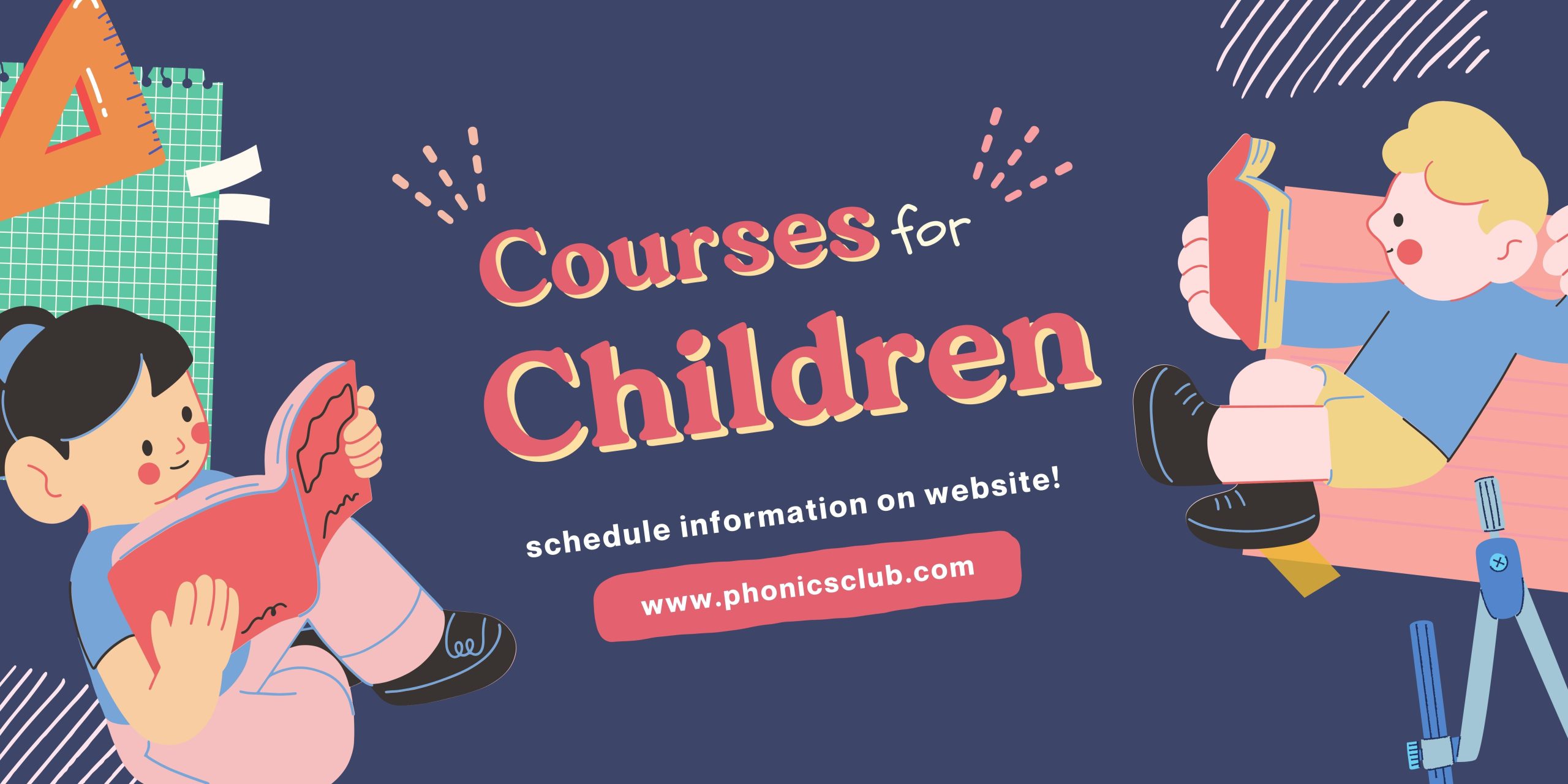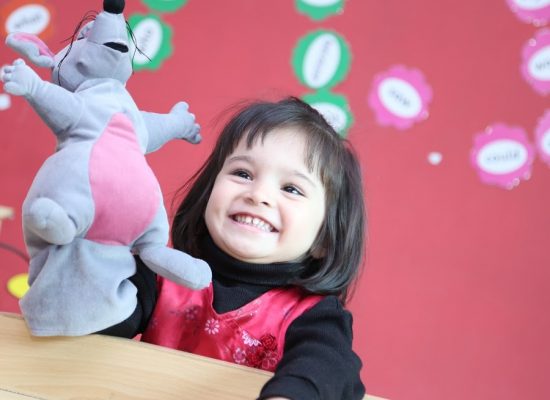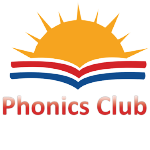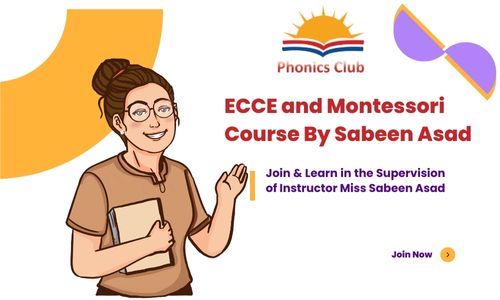
Is your child struggling to read and write independently?
You are at the right place. Let us provide you with the best of our services!
Letter-Sound Groups 1 – 3:- s, a, t, i, p, n, c, k, e, h, r, m, d, g, o,u, l, f, b
Letter-Sound Groups 4 – 7:- ai, j, oa, ie, ee, or, z, w, ng, v, oo, y, x, ch, sh, th, qu, ou, oi, ue, er, ar
Adapted and modified from Sue Lloyd’s Teaching steps

Our Current Courses
- Complete course (3 years)
- Pre K Crash course (age 3 to 4) 6 months 24weeks
- Kindergarten 1 Crash course (age 4 to 5) 6 months 24 weeks
- Kindergarten 2 Crash course (age 5 to 6) 6 months. 24 weeks
Scope and sequence (crash course)
Beginners Age 2 to 4
Steps/ Weeks | Steps | Identifying sounds in the environment Story, action, song, vocabulary | Sounding Is there —-sounds in ……? Where is the sound? Beginning middle ending |
1
Wk (1-15) One letter sound/week |
First 18 single letter sounds s a t i p n, ck, e h r m d, g o u l f b | Children are able listen to the sounds in the environment and relate vocabulary with the sounds. Example: /t/ sound for tin, /l/ for lollipop Use objects that are easily accessible along with the animal names. | Children are able to relate sounds with letters and know if the sound is there or not. They also touch their arms to tell the position of the sound. It comes later with lots of modeling and practice. Examples: sun, ant, tail, ink, pen, cat, kitten, clock hen, rat, mug, dog, gun, orange, up, lemon, bell, fan |
2 Wk 16 | Short vowels a e i o u | Only short vowel sounds are focused through games, snack activities, rhymes and stories | Children are able to differentiate between all short vowel sounds, do hand actions or act/show tell for sounds. Examples: at, edge, in, on, under |
3 Wk 17,18,19 | ai, j, oa, ee, or, z, w, ng, v, oo,00 | Children are able to identify sounds and relate them with two letter sounds. | Picture flash cards and vocabulary baskets are used at this level to reinforce knowledge of sounds. Examples: jam, zip, win, hanger, van, book, moon |
4 Wk 20 | Long vowels ai, ee, ie, oa, ue | Children are introduced to the long vowels sounds and they are able to differentiate between both long and short vowels. | Vowel hand, vowel song, actions and games are used to reinforce these sounds. Teachers can use bumper book for this purpose. rain, tree, tie, goat, glue |
5 Wk 21 | y, x, ch, sh, th, th, qu, ou, oi | Children are able to understand the concept of consonant digraphs and remaining sounds. | Children are able to identify sounds and their position. Beginning, middle or end. Examples: yellow, yo-yo, box, quilt, cloud, oil |
6 Wk 22 | r-controlled vowels er, ar, or | In the beginning, teachers can model the pronunciation of /r/ with the vowels. It can be rhotic or non-rhotic. | Children are able to listen to the sounds in different positions and differentiate between them. Examples: sister, arm, fork, horn |
7 Wk 23,24 | Digraphs sh, ch, th, (ph, wh can be added too) | Children are able to understand that in digraphs two letters join hands to make one sound. Example: chips, fish, thick, elephant | Digraph train, digraph wheel and board games can be used to reinforce digraphs. |
Note: At this level, letter formation through pencil is not required as it comes later when fine motor skills are developed. However, there can be finger tracings, wet writings and other activities to identify letter shapes. Step 1 and 2 are compulsory at this level and teachers can decide if they want to continue with other letter sounds or just reinforce first 18 single sounds from Jolly Phonics groups (1-3). Research has proved that children are capable of producing sounds from an early age and an introduction of all English sounds is helpful for reading readiness in school years. Children love stories, games, snack activities and animals around them. Teaching through real objects and a nature walk where children are able to see animals or their babies can be very helpful for the reinforcement of sounds. | |||
Materials: Whiteboard software, Jolly English, resource cd, Fun Phonics, My first letter sounds, Fun Phonics Readers
Jolly Phonics 1(basics) Age 4 to 5
Stages |
| Reading | Writing |
Stage1
Week 1-8 8-10 | Step 1 | Teach letter sounds from Groups 1 – 3 – Blend regular words that use the letter sounds e.g. in, hot, bus etc. | Teach letter sounds from Groups 1 – 3 and how to write them Develop the ability to hear the sounds in words – holding up a finger for each sound |
Step 2 | Blend regular words that:- – start with a consonant blend e.g. stop, clap, drip etc. – have two letters making the same sound e.g. hill, rabbit, duck etc. – are long e.g. sunset, handbag, milkman etc. | – Make words with magnetic plastic letters – the children identify the sounds and choose the letters Dictate simple words – the children write on whiteboards or paper – Develop the ability to hear the sounds in consonant blends | |
Stage2 Week 10-16 | Step 3 | Teach letter sounds from Groups 4 – 7 Teach blending of regular words with digraphs e.g. rain, tree, pie, – Develop the understanding that the digraphs <oo> and <th> have 2 sounds e.g. foot/moon, this/thin | Teach letter sounds from groups 4 – 7 and how to write them – Demonstrate the joining of digraphs (if school has a policy of early joined writing) Dictate regular words that contain the new letter sounds e.g. train, jet, boil, queen etc. |
Step 4 | – Teach tricky words 1 – 10 by blending them and learning the correct pronunciation e.g. the, he, was, to etc. – Practise the tricky words until they can be read automatically – Introduce capital letters and their sounds | – Introduce letter names – Teach spelling of tricky words 1 – 10 – Check accuracy of spelling by dictating tricky words – children to write words or make them with plastic letters | |
Stage3 Week 16-24 | Step 5 | – Introduce Red Level Readers. Only the children who know the first 10 tricky words, and can blend regular words that use the 42 letter sounds, should be expected to read these books by themselves – Understand the importance of initially using decodable books | – Dictate sentences that have tricky words 1 – 10 and regular words that use the letter sounds that have been taught so far e.g. I sleep in a big bed. – Encourage independent writing |
Materials: Whiteboard software, Pupil book 1 , readers (orange, red).
Jolly Phonics 2(advanced) Age 5 to 6
After covering stage 1-4
Week 1-8 : stage 1-4
Stage4
Week 8-16
Week 16-24 | Step 6 | – Teach the sounds of the letter <y> when it is being a vowel e.g. my, funny, system – Teach tricky words 11 – 20 – Now the Yellow Level Jolly Readers can follow on from the Red Level Readers | – Teach the spelling of tricky words 11 – 20 – Dictate sentences that use the tricky words, as well as regular words containing letter sounds that have already been taught – Continue encouraging independent writing |
Step 7 | – Teach the alternative magic ‘e’ long vowels and blend regular words that contain these vowels e.g. ape, these, fine, home, tube – Teach tricky words 21 – 40 – Now the Green Level Readers can follow on from the Yellow Level Readers | – Teach the alternative magic ‘e’ long vowels and dictate regular words and/or sentences that contain these vowels e.g. lane, theme, ride, hope, cube – Teach the spelling of tricky words 21 – 40 – Continue with independent writing |
Materials: Whiteboard software, Pupil Book 2 , readers (yellow)
Weekly plan for Kindergarten and grade 1,grade 2
Day1 Phonics lesson from pupil/Grammar books
Day 2 Grammar lesson from pupil/Grammar books
Day3 Reading Comprehension from reading scheme
Day 4 Independant writing
Day 5 Review and assessment
Jolly Grammar 1 Age 6 to 7
After covering stage 1-5
Week 1-8= stage 1-5
Stage5
Week 8-24 | Further Phonics | Alternatives /ea/, /igh/, /ow/ (snow), /ew/, /ir/, /ur/, /au/, /aw/, /al/, /oy/, /ow/ (cow) Now Blue Level Readers can be introduced. – nk is a blend but easier if children learn it as if it is a digraph; – wh is another way of writing /w/ (with some dialects it has its own sound) – ph has a /f/ sound; – ue, ew, and u-e can also be pronounced as an /oo/ sound |
Materials: Whiteboard software, Grammar pupil book 1, readers (green level)
Day wise plan
Weekly plan for kindergarten and grade 1, grade 2
Day1 Phonics lesson from pupil/Grammar books
Day 2 Grammar lesson from pupil/Grammar books
Day3 Reading Comprehension from reading scheme
Day 4 Independant writing
Day 5 Review and assessment
Covers Foundation stage curriculum.
Note: teachers and school admins can consult these frameworks for curriculum planning. It is important to continue with jolly Grammar after Jolly phonics as it extends phonics knowledge to complex spelling codes needed in junior school.
- Sabeen AsadECCE and Montessori Course By Sabeen Asad8 WeeksAll levels53 Lessons8 Quizzes0 Students₨2,500.00
- Qurat AdminKindergarten 1 Crash Course (age 4 to 5) 6 months or 24 weeks10 WeeksAll levels0 Lessons0 Quizzes3 StudentsFree
- Qurat AdminKindergarten 2 Crash Course (age 5 to 6) 6 months or 24 weeks10 WeeksAll levels0 Lessons0 Quizzes3 StudentsFree


